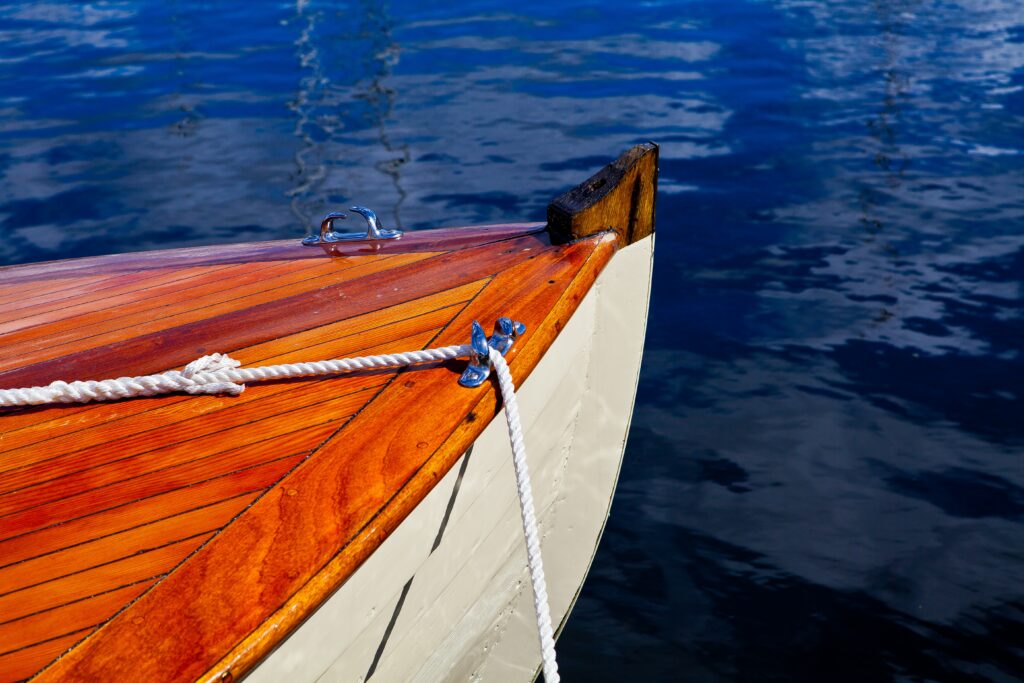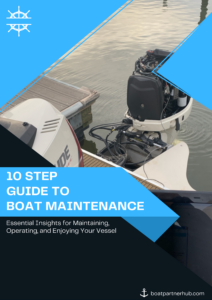Blog
Boat Detailing Techniques: A Comprehensive Guide to Achieve a Pristine Vessel and Frequently Asked Questions

Boat Detailing Techniques: Achieve a Pristine Vessel with Expert Tips and FAQs
As a boat owner, taking pride in your vessel’s appearance is paramount. Boat detailing is a fundamental aspect of proper boat care that involves a systematic and thorough cleaning and maintenance process. By employing effective boat detailing techniques, you can not only preserve your boat’s aesthetics but also protect it from the harsh marine environment, extend its lifespan, and maintain its value. In this comprehensive guide, we will explore boat detailing techniques in more detail, providing step-by-step procedures and recommended products to achieve a truly pristine boat. Additionally, we will address frequently asked questions to help you become a boat detailing expert and ensure your boat remains in top-notch condition.
Step-by-Step Boat Detailing Techniques
- Washing the Hull: Start by washing the hull with a mild boat soap and soft brush. Thoroughly remove dirt, grime, and salt residue from the surface. Be attentive to hard-to-reach areas and crevices where debris can accumulate. Rinse the hull with fresh water to prevent soap streaks.
- Cleaning the Deck and Cockpit: Scrub the deck and cockpit with a suitable boat cleaner to eliminate stains, spills, and algae growth. Pay particular attention to nonskid surfaces, as they tend to trap dirt and require more thorough cleaning.
- Polishing Gelcoat Surfaces: Apply a high-quality gelcoat polish to restore shine and remove light oxidation from the boat’s fiberglass surfaces. Use a buffer with a soft pad for efficient application. This step will leave your boat’s exterior looking renewed and lustrous.
- Metal Polishing: Clean and polish metal fixtures, such as railings, cleats, and hardware, to a brilliant shine. Use a metal polish that is suitable for the specific type of metal on your boat. A microfiber cloth is ideal for applying and buffing the polish, ensuring a pristine finish.
- Vinyl Upholstery Care: Clean vinyl upholstery with a vinyl-specific cleaner and protect it with a UV-resistant vinyl protectant. Regularly maintaining your boat’s vinyl surfaces will prevent cracking, fading, and deterioration due to exposure to sunlight and the elements.
- Canvas and Enclosure Cleaning: Canvas and enclosure cleaning is essential to keep your boat’s covers and awnings looking fresh and vibrant. Remove stains and mildew using a canvas cleaner or mildew remover. Apply a canvas waterproofing agent to safeguard against water absorption.
- Glass and Plexiglass Cleaning: Use a glass cleaner to clean windows and plexiglass surfaces, ensuring maximum visibility while boating. A streak-free finish will provide crystal-clear views of the surrounding water.
- Teak Maintenance: For boats with teak components, clean and treat teak with teak cleaner and oil to maintain its rich color and protect it from the damaging effects of UV rays and moisture.
- Engine and Bilge Cleaning: Clean the engine and bilge area to remove oil, grease, and dirt buildup. Use a bilge cleaner and degreaser to tackle these challenging areas effectively.
- Bottom Paint Inspection: Regularly inspect the boat’s bottom paint for any damage or wear. Schedule a professional bottom paint application if necessary to protect the hull from marine growth and corrosion.
FAQs (Frequently Asked Questions)
Q1: How often should I detail my boat?
A: The frequency of boat detailing depends on how often you use your boat and the environmental conditions it faces. As a general rule, detailing once or twice a year is recommended, but routine maintenance should be done more frequently for optimal results.
Q2: Can I use household cleaners for boat detailing?
A: While some household cleaners might work, they may contain chemicals that can harm boat surfaces or the environment. It is best to use marine-grade cleaners designed specifically for boat detailing to ensure safe and effective cleaning.
Q3: Should I wax my boat after polishing?
A: Yes, applying a high-quality wax after polishing provides an additional layer of protection and enhances the boat’s shine. Waxing helps seal the freshly polished surfaces and shields them from UV rays, oxidation, and other environmental elements.
Q4: Can I use a pressure washer for boat cleaning?
A: While pressure washers can be effective in boat cleaning, use them with caution. High-pressure settings may damage gelcoat or strip away paint and decals. It is recommended to use a pressure washer with adjustable pressure levels and a wide spray pattern.
Q5: How can I remove stubborn stains from upholstery?
A: For tough stains on vinyl upholstery, use a specialized vinyl cleaner and a soft brush. Gently scrub the stained areas to avoid damaging the vinyl. Always test the cleaner on a small inconspicuous area first to ensure compatibility.
Conclusion
Boat detailing is a meticulous and rewarding process that significantly contributes to the overall appeal and longevity of your vessel. By following the step-by-step boat detailing techniques and employing the right products, you can maintain a pristine boat that stands out on the water. Regularly investing time and effort in boat detailing will not only enhance your boating experience but also protect your investment for years to come. With the knowledge gained from this comprehensive guide and frequently asked questions, you can confidently tackle boat detailing like a professional, ensuring your boat remains a captivating sight on every voyage. Remember, a well-detailed boat not only reflects your passion for boating but also shows your commitment to preserving the beauty of our waters.


